Kenya is reviewing its manufacturing strategies following the recent imposition of a 10% reciprocal tariff on its exports to the United States. This move was part of a broader tariff action announced by U.S. President Donald Trump on April 2, 2025, affecting exports from at least 60 countries, including Kenya.
According to Lee Kinyanjui, Kenya’s Cabinet Secretary for Investments, Trade, and Industry, the new tariff is expected to increase production costs for Kenyan manufacturers, particularly in the textile and apparel sectors. However, Kinyanjui noted that while the 10% tariff is lower than those applied to other countries, it could still lead to higher costs for businesses that export goods to the U.S.
“The 10% tariff will require adjustments in the supply chain, including potential investments in infrastructure, technology, and skills development to meet the new demand for Kenyan products,” Kinyanjui explained.
The tariff escalation is seen as a potential opportunity for Kenya to strengthen its position in the global textile and apparel manufacturing market. With many other key Asian exporters facing higher tariffs—China’s textile exports to the U.S. have been subjected to a 34% tariff, Vietnam’s at 46%, and Bangladesh’s at 37%—Kenya aims to become an alternative sourcing hub for U.S. buyers looking to avoid higher costs from traditional suppliers.
Kinyanjui suggested that the reduced tariffs for Kenyan products could attract U.S. businesses seeking to minimize costs. He emphasized that this shift could lead to more investment in Kenya’s local textile production and value addition sectors.
In addition to textiles, Kenya is exploring other sectors such as apparel, leather, and agro-processing, which could benefit from increased demand as a result of the new tariffs on goods from higher-taxed countries.
The U.S. has been a significant export market for Kenya, particularly for textiles, apparel, and leather products, under the African Growth and Opportunity Act (AGOA). In January 2025, Kenya’s exports to the U.S. under AGOA amounted to Ksh 7.2 billion, according to AGOA.Info.
Kinyanjui noted that the Ministry of Trade is engaging with other government departments and stakeholders to identify key products for export and to encourage investment in targeted sectors to enhance Kenya’s presence in various international markets.
The country’s ability to adapt to these new tariff challenges could play a critical role in shaping the future of Kenya’s manufacturing sector.
Stay updated with supply chain logistics news on The Supply Chain Report. Free international trade tools are available at ADAMftd.com.
#KenyaManufacturing #USTariffImpact #ManufacturingExpansion #KenyaEconomy #TradePolicy #AfricanManufacturing #GlobalTariffs

















